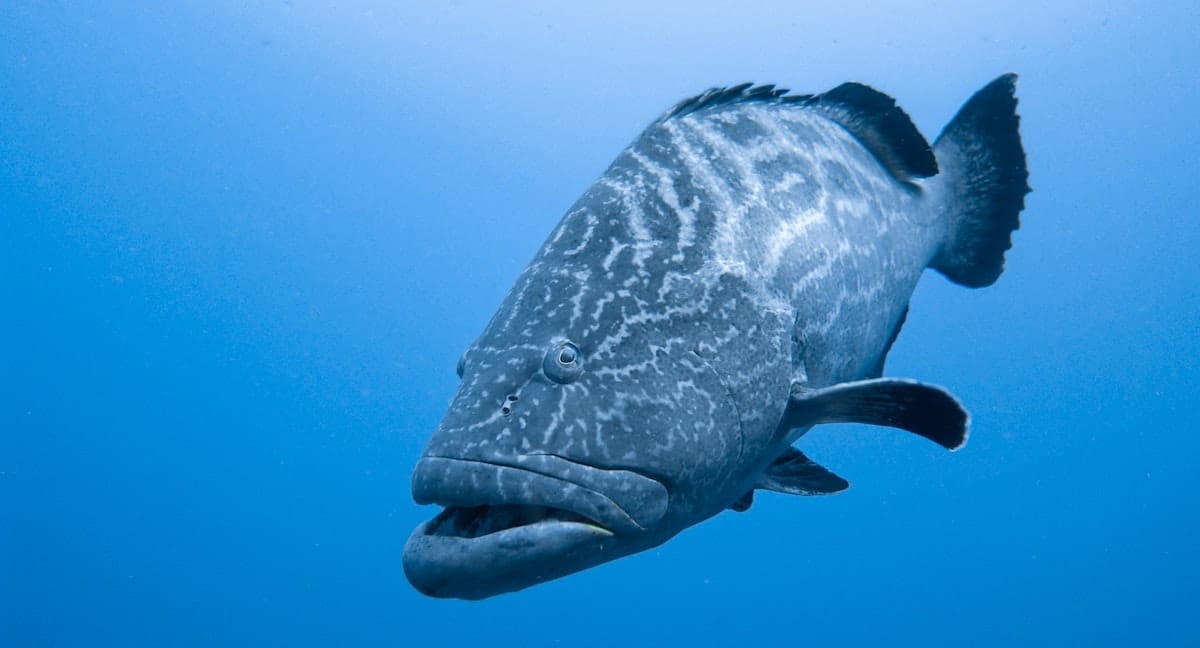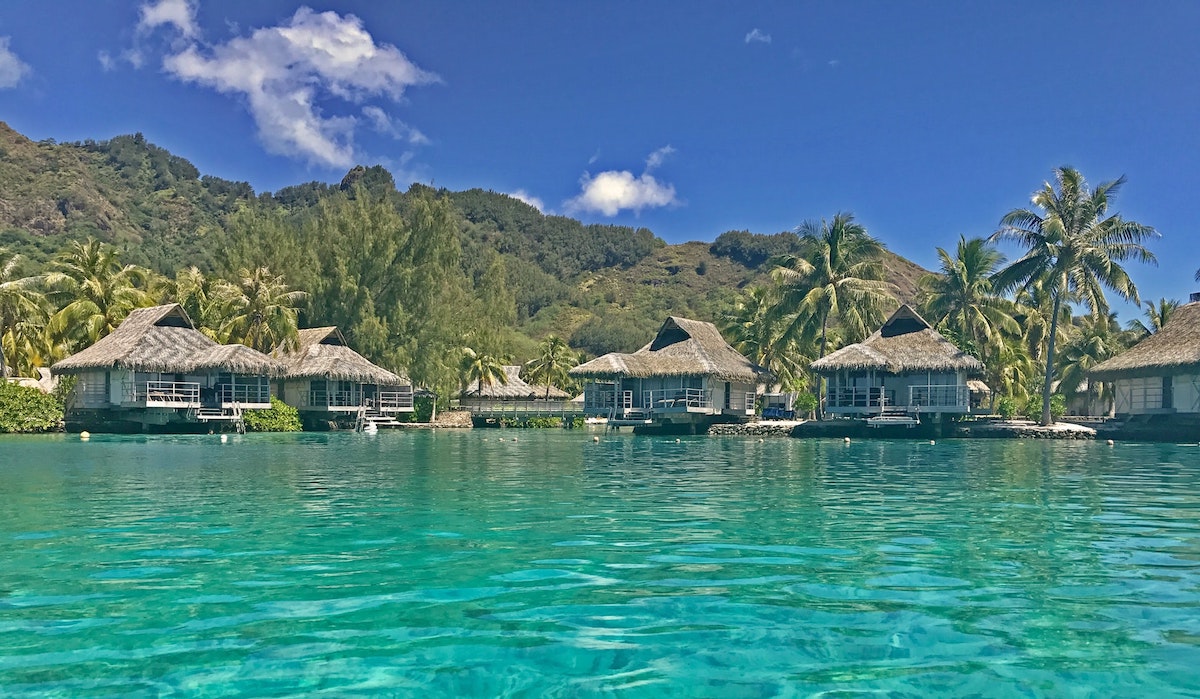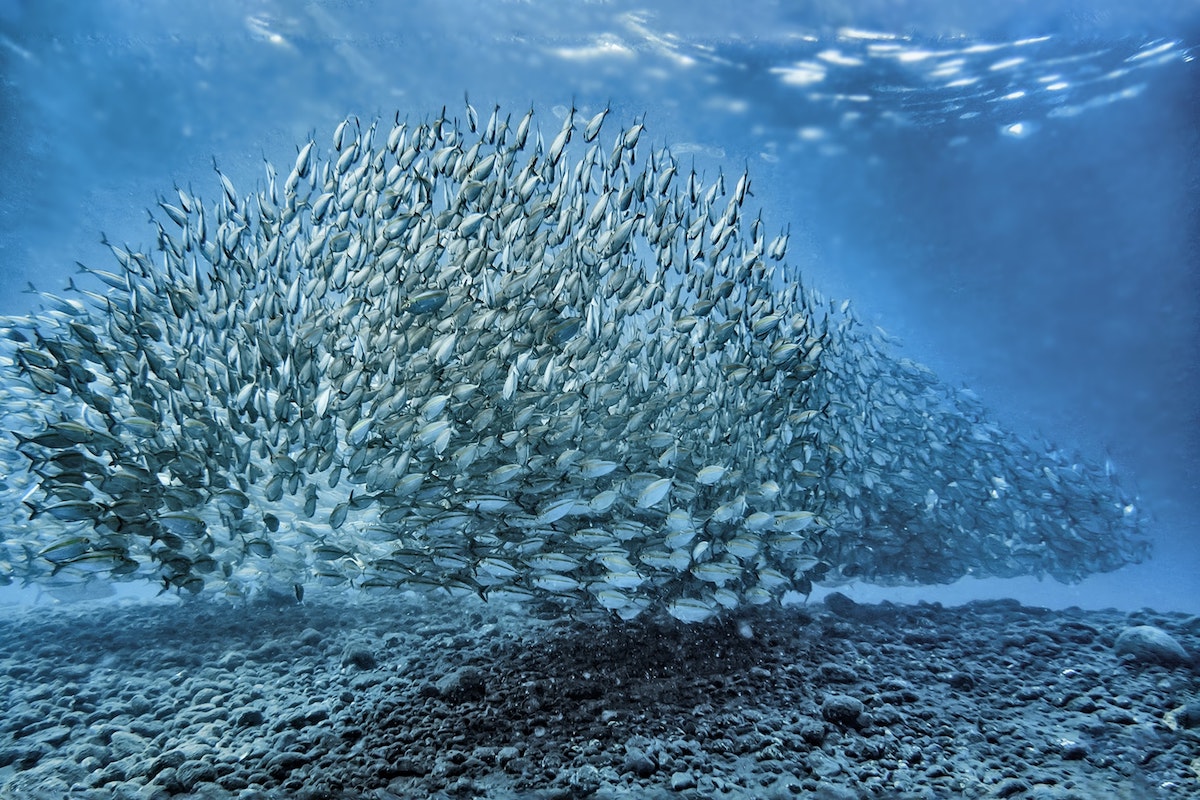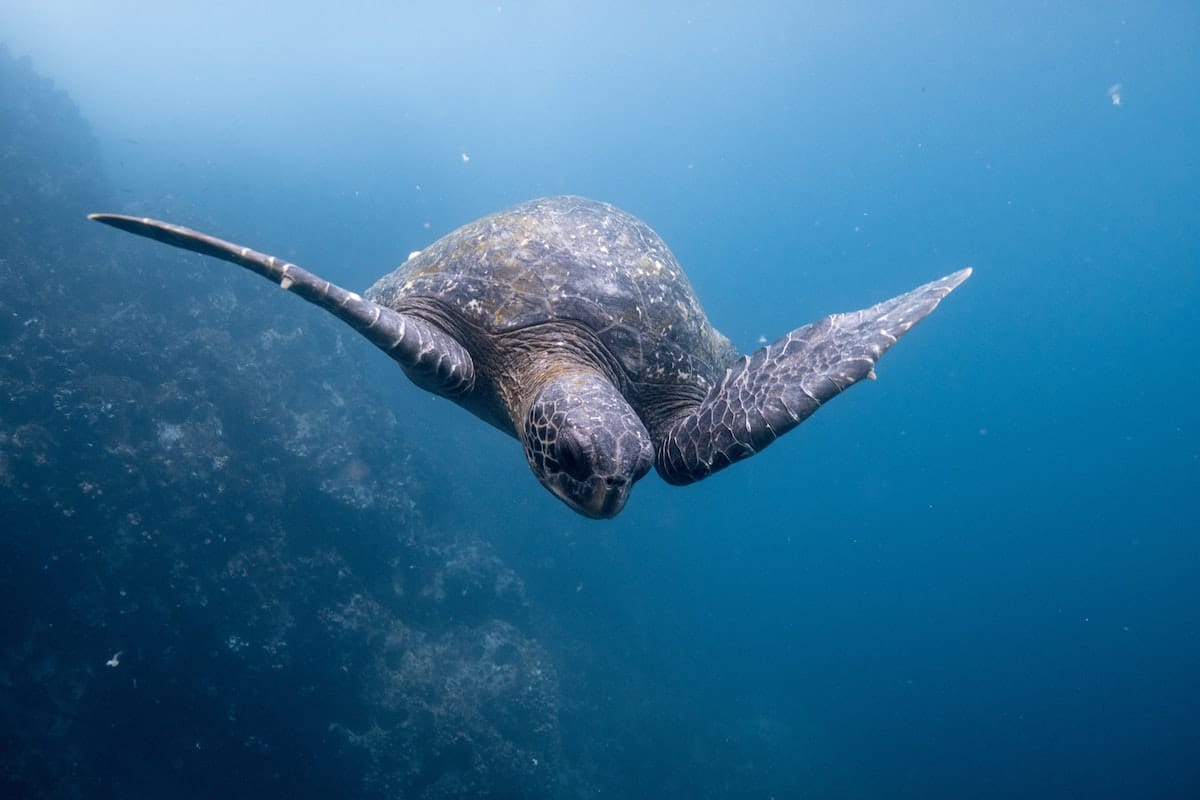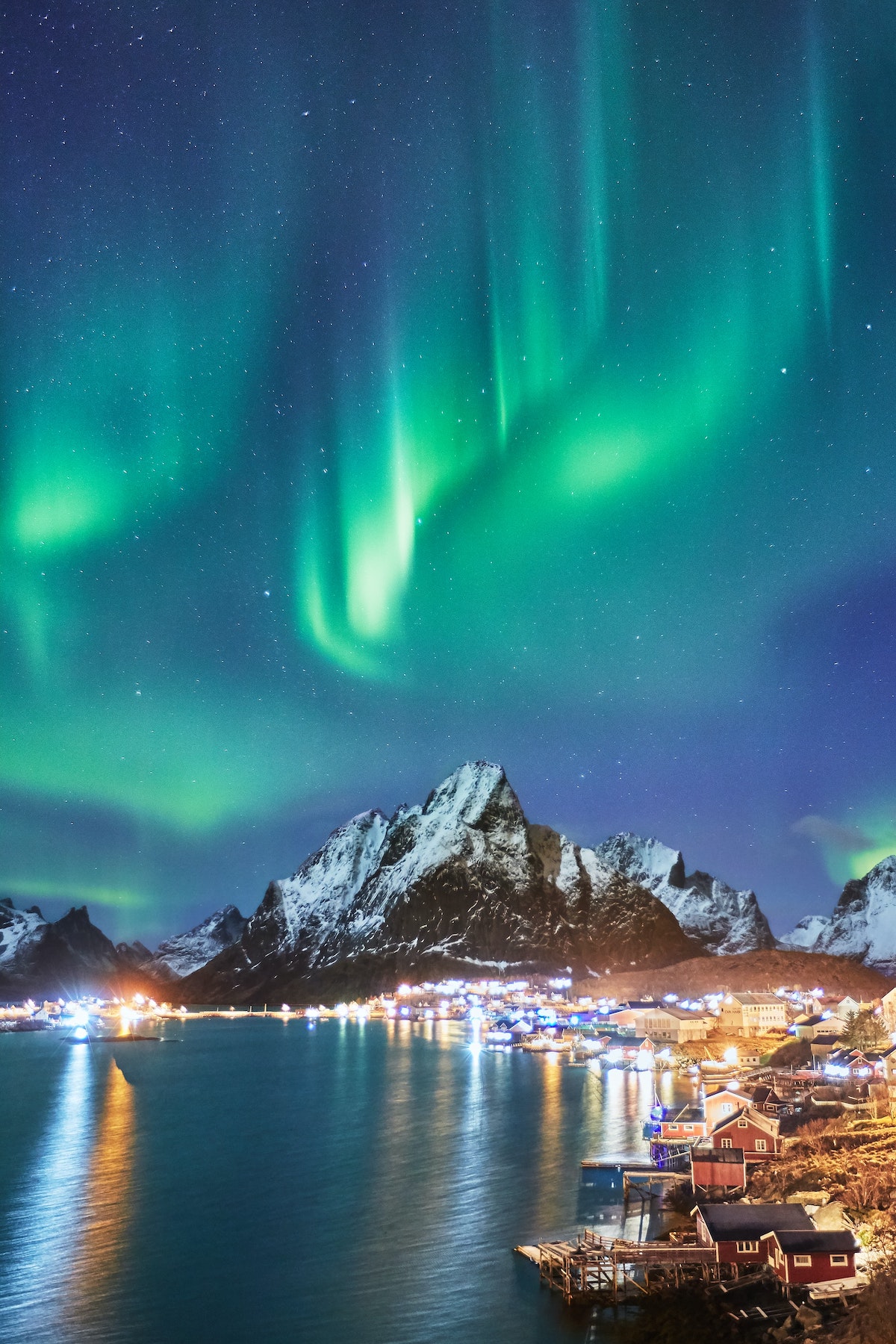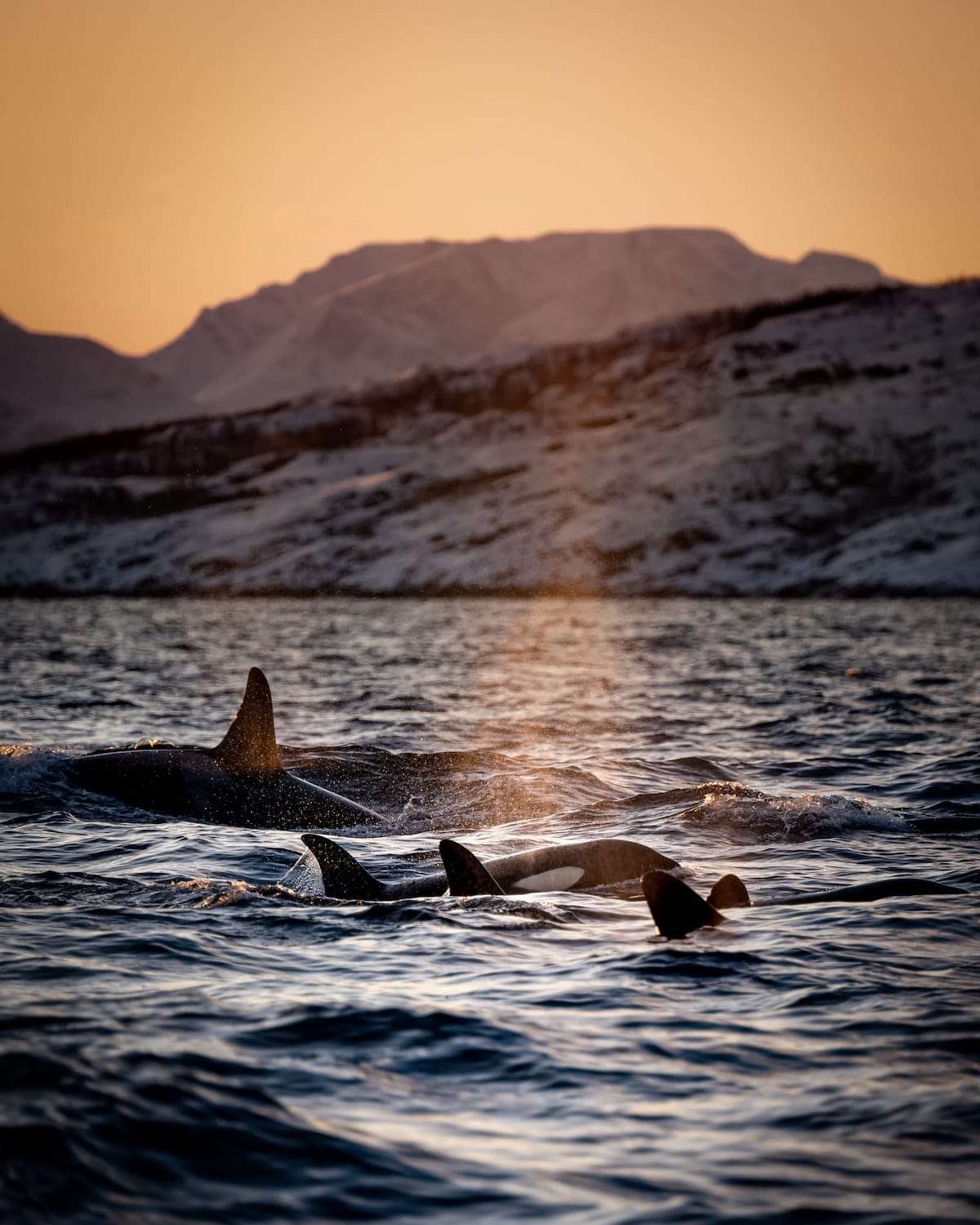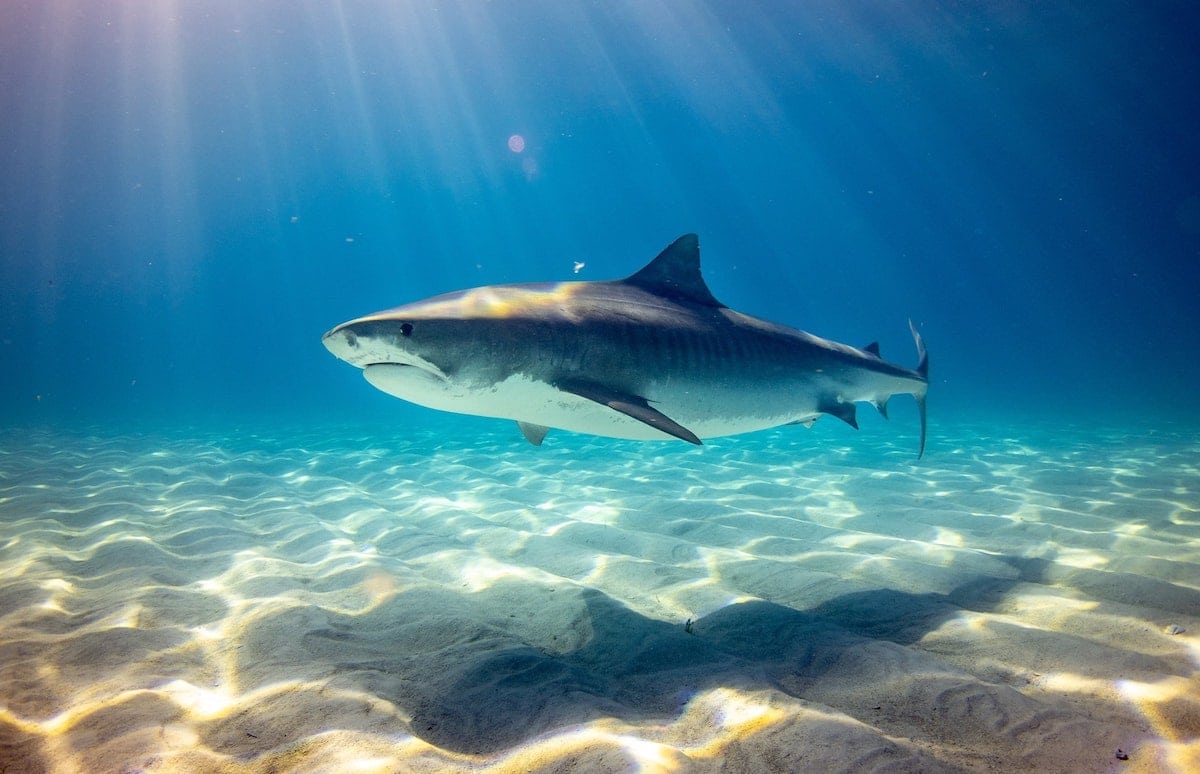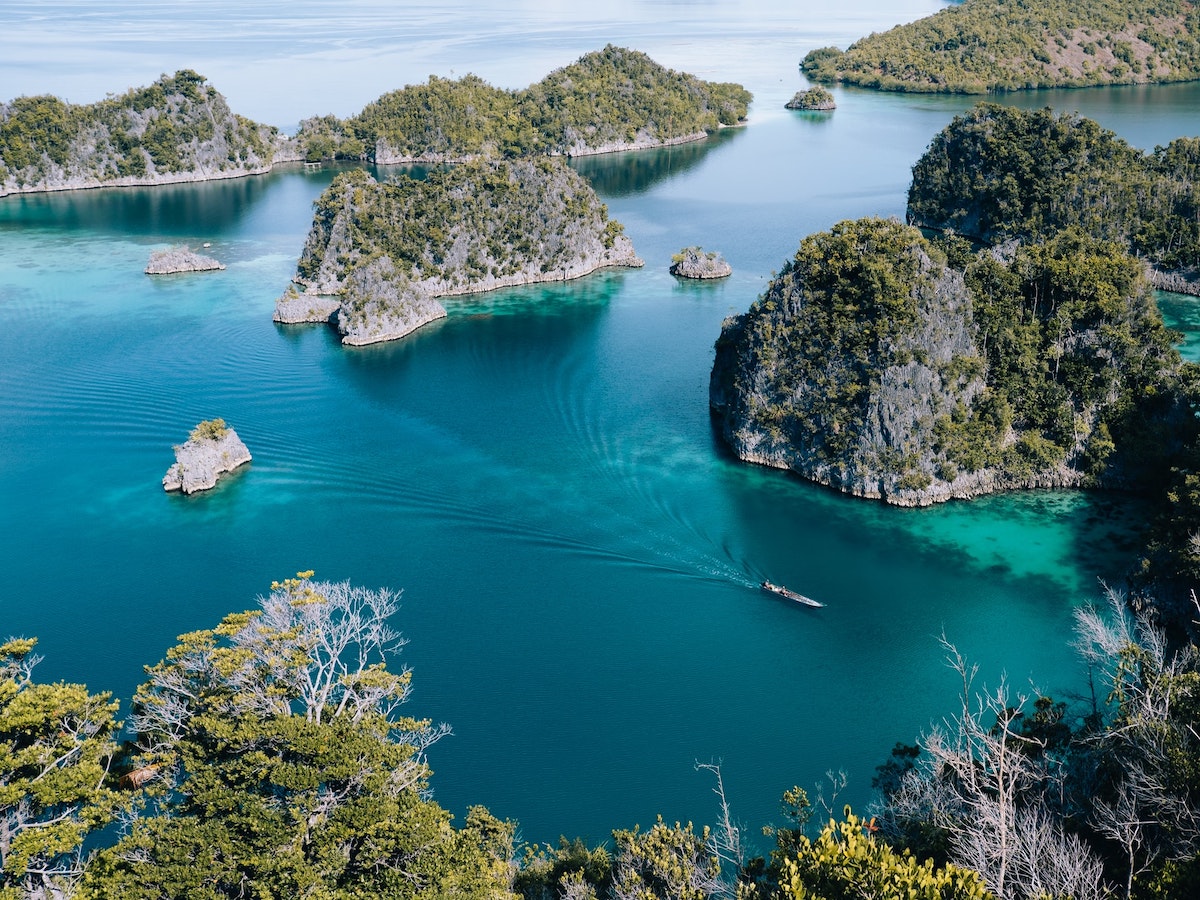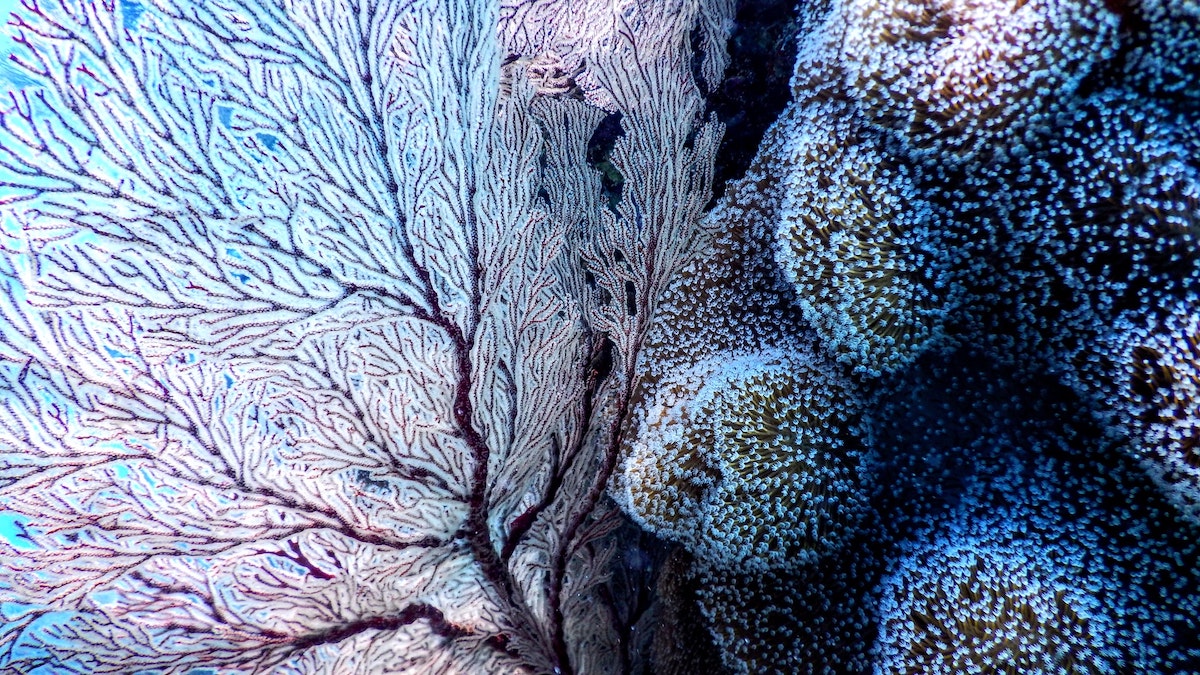News
8 Great Dive Destinations for a Winter Getaway
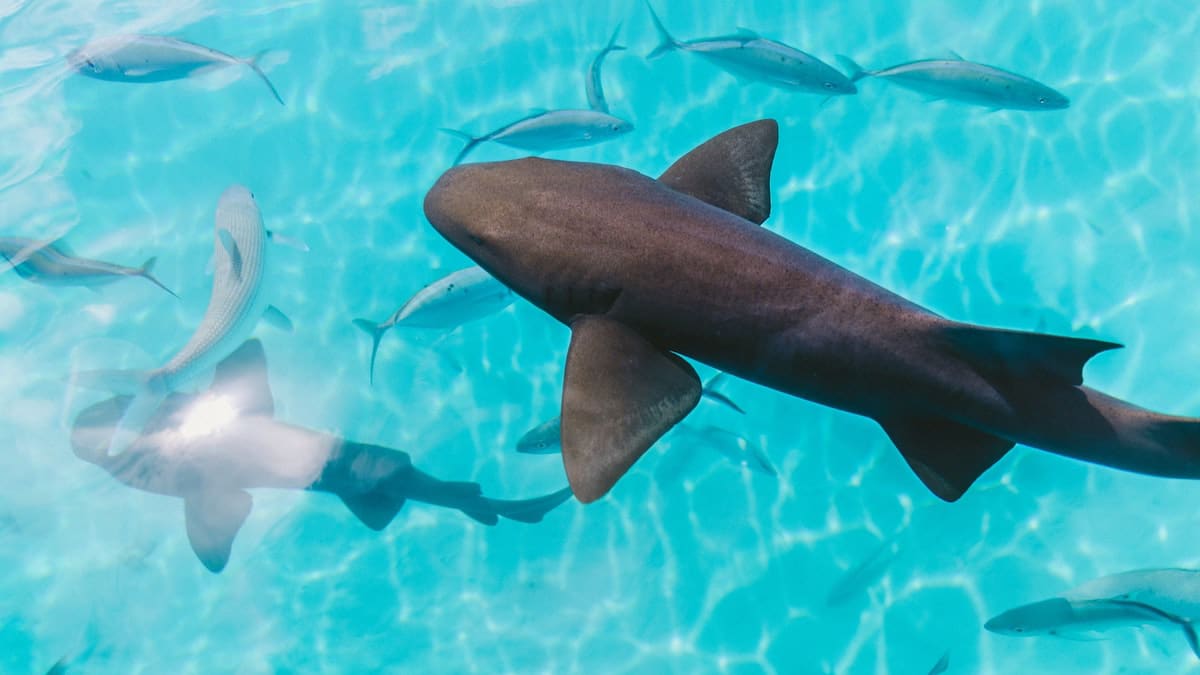
As the world opens up more to international travel, you can escape the cold winter and dive at some of the world’s best destinations. Dive highlights around the world at this time of year include grouper and coral spawning events, diving with hammerhead sharks and mantas, freediving with orcas and more. There is something for every diver to enjoy, so get inspired with our round-up of 8 dive destinations for a perfect winter getaway.
- Belize
Nassau groupers are not small, growing to over 1 meter long and weighing a hefty 25 kgs. Encountering these large and endangered fish is a highlight of diving in Belize, especially as they are found at the stunning Belize Barrier Reef.
Visit Belize in December and you have the chance to see these impressive fish gather in the thousands to spawn. They aggregate around the full moons of December and January and are a spectacular sight to witness.
- French Polynesia
November to April is French Polynesia’s wet season, but don’t let that put you off this idyllic destination for a winter getaway. In between the bursts of rainfall, you can enjoy days of sunshine and – more importantly – go diving with hammerhead sharks.
December to March is French Polynesia’s great hammerhead shark season. These iconic sharks are found in high numbers at Rangiroa, the second largest atoll in the world. As well as hammerheads galore at Rangiroa, you can go diving with ‘walls of grey reef sharks’ at world-famous Fakarava Atoll, a UNESCO Biosphere Reserve.
Just make sure you leave time to visit Moorea to hang out with the famously-friendly reef sharks and stingrays of Moorea Lagoon.
- Visayas, Philippines
The Philippines is looking to open its borders to fully vaccinated tourists coming from ‘green list’ countries soon, making it a great time to explore this world-class dive destination without any crowds.
It’s the start of the peak Philippines diving season, which means less rainfall and excellent dive conditions. The sardine run is underway at Moalboal and is truly a sight to behold, with vast constantly-moving schools of sardines as far as the eye can see.
Diving with elusive thresher sharks at Malapascua’s Monad Shoal is one of the top highlights of Philippines diving. Visit nearby Kimud Shoal from December to April and you have a reasonable chance of diving with hammerhead sharks, which gather in schools hundreds-strong at this time of year.
- Galapagos Islands
Galapagos diving is high on the wish list for just about every diver and offers exceptional wildlife encounters all year long, whether you’re above or below the water line.
The warm season kicks off in December, offering relatively warm waters (23 to 25 °C / 73 to 77 °F), calm conditions and less currents than other times of year. It is also the start of the manta ray season and the nesting season for the Galapagos green turtle, which gather around the shores waiting to lay their eggs at night.
Typically for the Galapagos Islands, there are also numerous sharks to dive with, plus curious sea lions, feeding iguanas, and penguins cruising by.
- Norway
Don’t mind the cold? Visit Norway in the depths of winter and go freediving with orcas. You won’t get your fix of warmth or sunshine, but you will get to swim alongside one of the most iconic predators on Earth.
Every winter, orcas gather to feast on Norwegian spring-spawning herring as they migrate along Norway’s snow-covered coast. There are a handful of operators that can take you freediving with the orcas and you have a good chance of spotting feeding humpback whales as well.
Swimming with wild orcas is a life-changing experience. Just be aware the water is a cold 1 to 2 °C (33 to 35 °F) and the wind chill on dive boats can be -15 °C (5 °F). Of course, none of that matters when you’ve spent a day swimming with orcas and you’re watching the northern lights dance overhead at night.
- The Bahamas
As well as having great weather at this time of year, November to May is the best time for shark diving in the Bahamas. If there are any shark fans in your family, it is the perfect place to go.
Visit Tiger Beach for easy diving with tiger sharks in shallow, warm waters. Bimini Island offers diving with great hammerheads, as well as Caribbean reef sharks and lemon sharks, and you can swim or snorkel with laid-back nurse sharks galore at Compass Cay. Add the Bahamas stunning white-sand landscapes and thriving reefs, and you have a dive destination the whole family will enjoy.
- Raja Ampat, Indonesia
For some of the world’s best coral reef and manta ray dives, look no further than Raja Ampat. December is the start of Raja Ampat’s manta ray season and it is one of the few places in the world where you can see both reef mantas and giant mantas.
As well as numerous mantas, diving in Raja Ampat is synonymous with vibrant soft coral landscapes, prized Coral Triangle critters and huge schools of fish. The diving conditions and currents can be challenging, but December onwards offers calmer conditions and better viz than other months.
- Great Barrier Reef, Australia
Mass coral spawning is a rare natural phenomenon witnessed by a few lucky divers each year. If you want to see this incredible underwater show, go Great Barrier Reef scuba diving this winter.
Coral spawning normally takes place along the Great Barrier Reef after the November (or sometimes December) full moon, when the water temperature rises enough to trigger the gametes to mature within the adult corals. Coral spawning also only happens at night, making it one of the most unique night dives imaginable.
Witnessing the reefs transform into an underwater snowstorm by the light of your torch is amazing. As this rare event occurs throughout the Great Barrier Reef at different times, you have a good chance of witnessing it if you join a coral spawning night dive trip or liveaboard.
Kathryn Curzon, a shark conservationist and dive travel writer for Scuba Schools International (SSI), wrote this article.
News
Book Review: Fire on Monroe Bravo by Fred Lockwood

Fire on Monroe Bravo is the latest book in the Jack Collier series by Fred Lockwood. Our story begins with our lead characters, Jack and Sandro, owners of Marine Salvage & Investigation Company, arriving on the Monroe Bravo Oil & Gas Platform in the North Sea. Having secured a contract for their vessel the MV Stavanger to act as support ship to the platform for TransGlobal Oil, our protagonists are on a celebratory visit.
However almost as soon as they arrive a series of explosions rock the platform, causing huge damage, loss of life and the very real danger of a massive human, ecological and financial disaster.

As the danger mounts for both our heroes and the surviving workers, Jack and Sandro will have to escape the inferno, all while trying to save the platform and the men still trapped unable to help themselves.
The disaster sets the scene for the unfolding story lines following the fate of the platform and our main characters, the police investigation into a suspected terrorist act and the actions of TransGlobal Oil as they attempt to navigate the pubic outcry and financial repercussions.
In his eighth book, Fire on Monroe Bravo, Fred Lockwood delivers an explosive thriller, with plenty of above and in-water drama, and our heroes fighting for survival, what more can you ask for?
We thoroughly recommend this read and look forward to the next in the series. For more information about his book series, you can check out the reviews of his previous books here on Scubaverse.
- Title: Fire On Monroe Bravo
- Author: Fred Lockwood
- ISBN: 979-8325324536
Available in a paperback version and for Kindle from Amazon and book stores.
Blogs
Alonissos: The complete diving destination (Part 1)

In June we were incredibly fortunate to be invited to dive in Alonissos, a small Greek Island in the Sporades island chain located in the North Aegean Sea. While I have long been a big fan of the Greek Islands as a great holiday destination, I had not had the opportunity to do any diving on previous visits and Mike and I were extremely excited to see what Alonissos had to offer both above and below the surface!

The Sporades are easily accessible via the airport in Skiathos (the first island in the chain), which is served by Jet2 flights from all major UK airports from May through October. Numerous ferries and charter boats make island hopping from Skiathos Town a breeze. After an hour boat ride, the picturesque port of Patitiri was a wonderful introduction to Alonissos, where we were met by our gracious hosts Kostas of Albedo Travel and Dias of Alonissos Triton Dive Center. Mike and I were delighted to be staying at the Paradise Hotel, aptly named for its stunning views over the sea and great location for walking to the waterfront.

Alonissos is beautifully situated in the National Marine Park of Alonissos and the Northern Sporades, the largest marine protected area in Europe. The surrounding seas offer fabulous marine life, including incredibly rare species such as the Mediterranean monk seal. They boast deep walls covered in gorgonians and sponges, stunning topography with caverns, swimthroughs and pinnacles, and the first accessible ancient shipwreck from 500BC!

In locations where historical sites have been reported, the waters are largely restricted, but with collaboration between government, underwater archeologists and dive centres, incredible underwater museums are being created for a truly unique diving experience. Alonissos is home to the first of these, the Ancient Shipwreck of Peristera Accessible Underwater Archeological Site. The chance to dive into history (along with reports of healthy reef life and amazing underwater topography) meant Mike and I were keen to get in the water.

Our introduction to the diving around Alonissos was at the Agios Georgios Pinnacles, in the channel between Alonissos and Skopelos. This fantastic site was named “The Chimney,’ and proved to have a huge amount to see. We got to a decent depth here (over 25m), and marvelled at a colourful reef wall with a wonderful swim through whose rocky walls were absolutely covered with life. As well as brilliant topography there was no shortage of macro life here. We saw numerous nudibranchs, five different species in total. The second dive at Mourtias reef nearby was a shallower dive along a nice wall with lots of crevices. Several moray eels and grouper called this site home. We enjoyed looking in the crevices for lobster and smaller benthic life, such as cup corals and tunicates.

Our itinerary allowed us two dives a day with afternoons left to explore the island with our hire car and evenings to enjoy the famous Greek hospitality. This proved to be a lovely mix of in-water and land based diversions.

The next days diving to the Gorgonian Gardens and Triton’s Cave was to be even better! These two stunning sites are nothing short of fabulous. The Gorgonian Gardens was a deep wall near to the Agios Georgios islands. The ever-present currents in this deep channel meant that the sea life was amazing … the namesake Gorgonian sea fans dotted the wall at a depth of 30 to 50 meters, getting ever larger the deeper we went. Above 30m was by no means less beautiful, with sponges, corals, scorpionfish, moray eels and some rare and colourful nudibranchs.

The second shallower dive of the day was to Triton’s Cave or the Cavern of Skopelos, on the east side of that island. The spectacular rock formations had wild striations both above and below the water making a truly epic topography. The cavern entrance was at 14m, and big enough for a buddy pair, winding up to 6m and passing two beautiful windows out into the blue. Emerging from the cavern, the light at the shallower depths and the incredible rock formations made for a fantastic gentle swimming safety stop and we all surfaced by the boat with massive grins.

Check out our next blog :Alonissos: The complete diving destination (Part 2)” to hear about our amazing dive on the 2500 year old Peristera Wreck!
Thanks to:
Alonissos Triton Dive Center https://bestdivingingreece.com/
Albedo Travel https://alonissosholidays.com/activities/
Paradise Hotel https://paradise-hotel.gr/
Alonissos Municipality https://alonissos.gr/en/
-

 Blogs2 months ago
Blogs2 months agoDiving With… Nico, Ocean Earth Travels, Indonesia
-

 News1 month ago
News1 month agoMurex Bangka Announce New Oceanfront Cottages & Beachfront Dining
-

 Blogs2 months ago
Blogs2 months agoA new idea in freediving from RAID
-

 Marine Life & Conservation1 month ago
Marine Life & Conservation1 month agoIceland issue millionaire whale hunter a licence to murder 128 vulnerable fin whales
-

 Marine Life & Conservation2 months ago
Marine Life & Conservation2 months agoThe Shark Trust Great Shark Snapshot is back
-

 News3 months ago
News3 months agoCharting New Waters; NovoScuba Goes Global with the Launch of their Revolutionary Dive Training Agency!
-

 Gear News1 month ago
Gear News1 month agoNew Suunto Ocean – a dive computer and GPS sports watch in one for adventures below and above the surface
-

 Marine Life & Conservation Blogs2 months ago
Marine Life & Conservation Blogs2 months agoBook Review: Plankton


